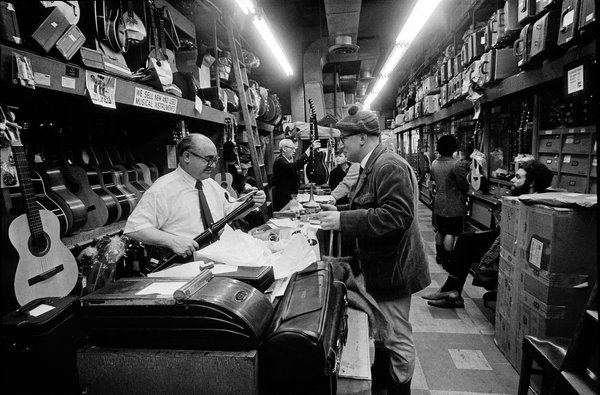
If the reeds are not super long, generally, this means more breath support is needed. An indelicate test for this is to play into a tuner, and squeeze the reed harder with your lips while you’re playing. If the pitch is uncertain or swoops upward, the reed is too easy for you, and your concentration of breath is not sufficient to make it work consistently.
A common misconception is that softer reeds means easier reeds. Actually, the softer (easier, less resistant) a reed, the more embouchure control and breath support are needed to produce a good, consistent and in-tune sound.
Always consider that the instrument may be having a problem, too. If all your reeds are flat, or weird, it’s probably not you, or the reeds. Get your instrument to a repair technician.
If you have an experienced teacher, they will be your best resource. If not, try asking around and see if you can find someone to work with you in person.
There’s a great book on this subject that can help out. The Breathing Book, by Stephen Caplan, is a guide we trust. 60 pages of detailed instructions, illustrations, explanations, and examples. It’s helped out many a flummoxed reed player.
There’s a so much more to share on this topic – this little explanation barely scrapes the surface (hehe). I’ll write more sometime soon.
Have any questions? Let me know. I know a lot of stuff, and I’m eager to share.


